Japanese
Quilting

Sashiko


Contents
 Sayagata (Buddhist symbol). The method of working is illustrated
Sayagata (Buddhist symbol). The method of working is illustrated .
Introduction
The Japanese word
sashiko means little stabs, or running stitch. Originally this simple stitch was used as a practical technique to quilt together several layers of loosely woven fabric for strength and warmth. Early fabrics were made from grass, tree-bark fibres, ramie or silk, but in the fifteenth century cotton was introduced to Japan, where it flourished in the warm southern climate. In the north, hemp is still grown especially for
sashiko.
Decorative sashiko developed during the eighteenth century, when there was increased prosperity in Japan and cheap cotton fabrics were readily available. During the second half of the Edo period, private fire brigades were established in Tokyo. Sashiko was used for the firemens protective coats, which were drenched with water before they fought a fire. The decorated side was designed to be worn on the inside, except on special occasions, and the patterns often included dragons or warlike human figures. Examples of nineteenth- and early twentieth-century coats can be seen in the Victoria and Albert Museum in London, and in folk museums in Japan. Sashiko is also often used in combination with patchwork or appliqu to create more complex designs. Sashiko is also often used in combination with patchwork or appliqu to create more complex designs.
For example, the Ainu people of Hokkaido Island produce bold, flowing water patterns in intricately worked quilted appliqu, which they overstitch with chain stitch (). In recent years, there has been a revival of interest in these traditional techniques in Japan, as there has been in many Western countries. Modern sashiko designs include the traditional geometric patterns, worked in white stitching on indigo-dyed fabric, as well as figurative images of trees and flowers. I am delighted to be able to introduce these techniques to readers outside Japan, and to show them some of the many ideas for different designs. Saikoh Takano
Tokyo, 1992 Shippou (Seven treasures).
Shippou (Seven treasures). 
Fabrics
Traditional
sashiko quilting is worked on indigo-dyed fabric, but any smooth, soft, plain-coloured fabric can be used.

Fabrics
Traditional
sashiko quilting is worked on indigo-dyed fabric, but any smooth, soft, plain-coloured fabric can be used.
Cotton, linen, crpe de Chine and satin are all suitable. The fabrics used in patchwork should be the same weight; if the finished piece is to be washable, you will also need to use the same type of fabric, for example, all cotton. The backing fabric should be the same weight as the top fabric, or finer. Pre-wash all washable fabrics and test for colourfastness. If the colour runs, soak the fabric in five parts cold water to one part vinegar.
Interlining
This is not traditionally used in
sashiko quilting, but if you wish to make the finished item warmer or thicker you can insert a layer of wadding between the top fabric and the backing.
Interlining
This is not traditionally used in
sashiko quilting, but if you wish to make the finished item warmer or thicker you can insert a layer of wadding between the top fabric and the backing.
Synthetic wadding is normally used as it is easy to stitch through and dries quickly when washed. It is available in different weights; 70 g (2 oz) is the weight used for most of the projects in this book.
Sewing equipment
Frames An embroidery frame can be useful, especially if you are couching with gold thread. A frame clamped to a table or floor stand is recommended.
Threads The choice of threads depends very much on the fabric and the design. 6) or
coton broder is normally used. 6) or
coton broder is normally used.
For patchwork, use cotton threads no. 50 or 60, in colours to match the fabrics. Surface embroidery can be worked in stranded cotton or coton perl. Needles Choose appropriate needles for the particular fabrics and threads you are using, selecting those with which you feel comfortable. Pins Fine dressmakers pins or lacemakers pins are recommended for medium-weight or fine fabrics. Thimble Even if you do not normally use a thimble, you will probably find that you need one to push the needle through layers of quilting. Scissors You will need a large pair of scissors for cutting out fabric, a small pair of needlework scissors when you are stitching, and a separate pair of scissors for cutting paper.
Designing equipment
tissue paper ruler French chalk, tailors chalk or coloured pencils dressmakers carbon paper dressmakers tracing wheel or Japanese
hera (a knife-shaped tool made of bone) pair of compasses, set square and protractor tracing paper graph paper and isometric graph paper

Fig. 1

Methods of working
Transferring the design There are several methods of transferring designs to the fabric: 1. 1

Methods of working
Transferring the design There are several methods of transferring designs to the fabric: 1.
For simple repeat designs, draw the design directly on the fabric, using a template and French chalk, tailors chalk or a water-erasable pen. 2. Draw a geometric design directly on the right side (RS) of the fabric, using tailors chalk and a ruler. 3. Trace the design on paper and pin to the right side of the fabric, with dressmakers carbon paper between the paper and the fabric. 4. 4.
For thick woollen fabrics, trace the design on tissue paper and pin to the right side of the fabric. Stitch round the outline of the design in small tacking stitches, using a contrast-colour thread (), then carefully tear away the tissue paper. Remove the tacking stitches after the work is completed.

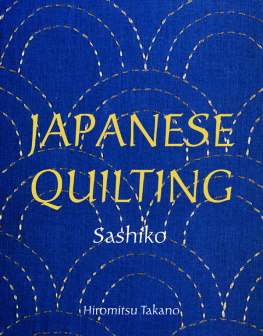
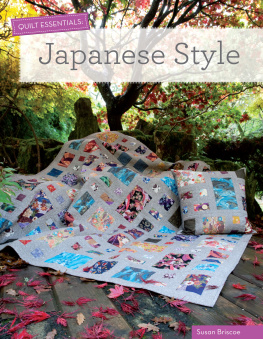
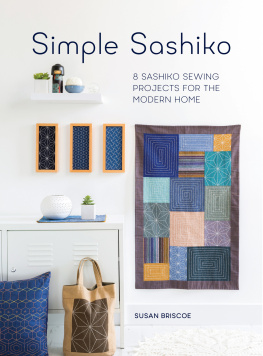
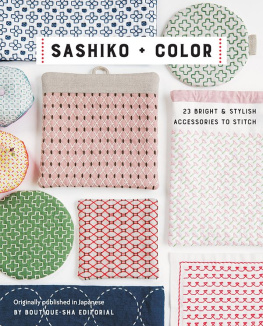

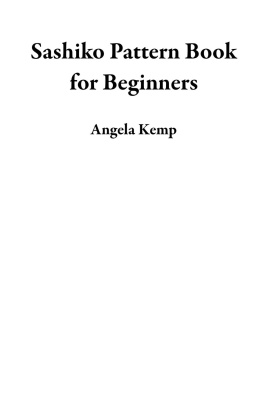
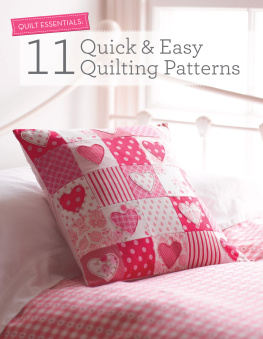

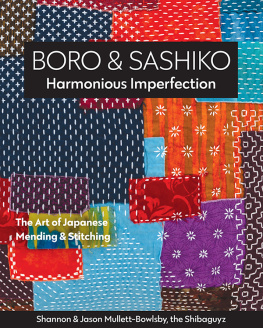

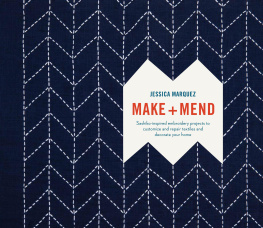
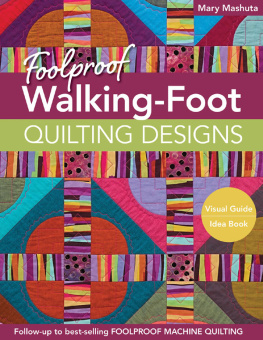
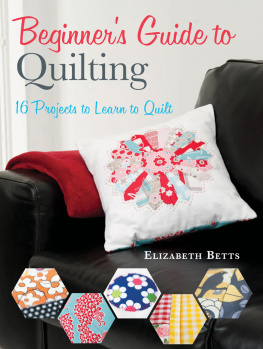



 Sayagata (Buddhist symbol). The method of working is illustrated .
Sayagata (Buddhist symbol). The method of working is illustrated .  Shippou (Seven treasures).
Shippou (Seven treasures). 
 Fig. 1
Fig. 1 